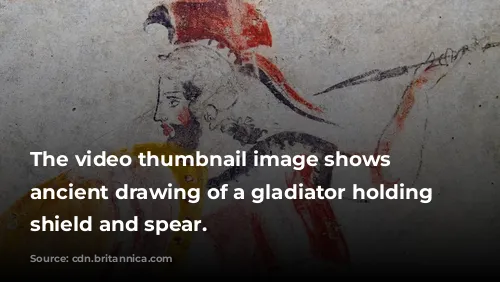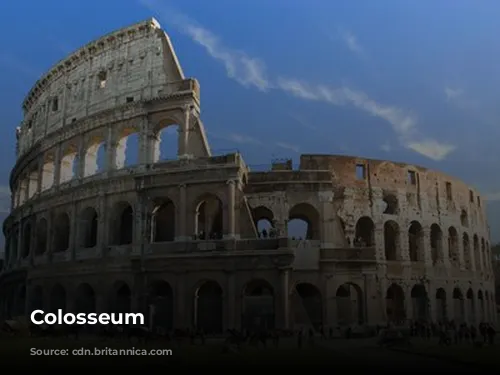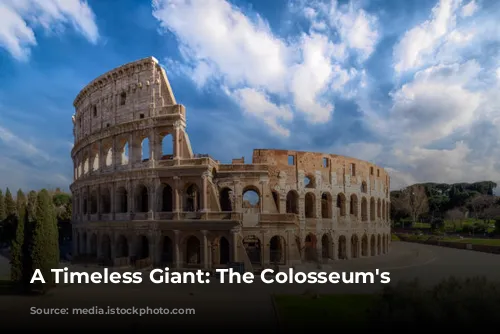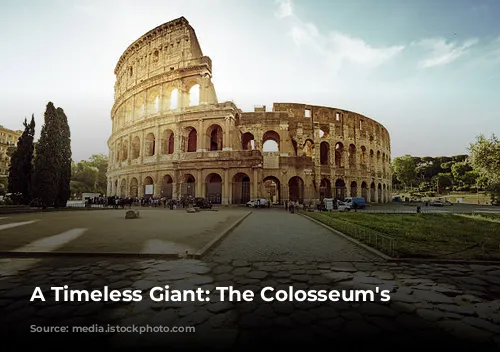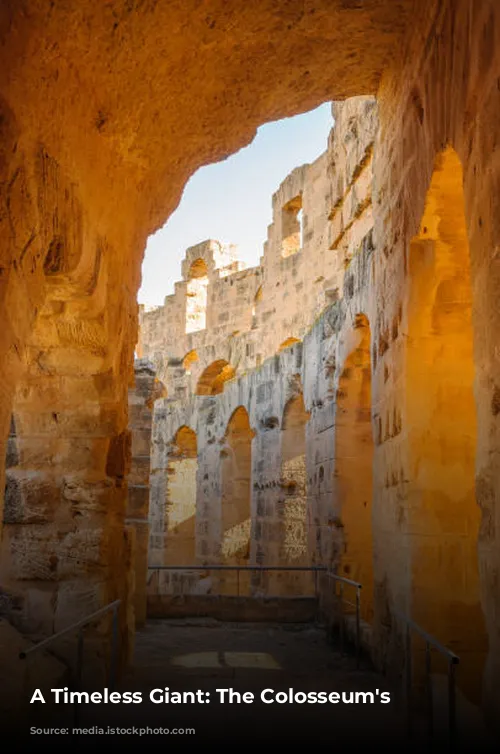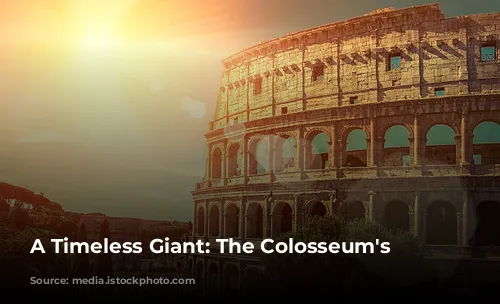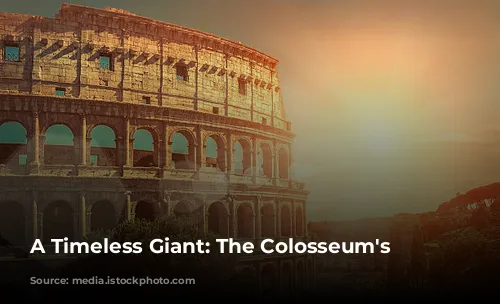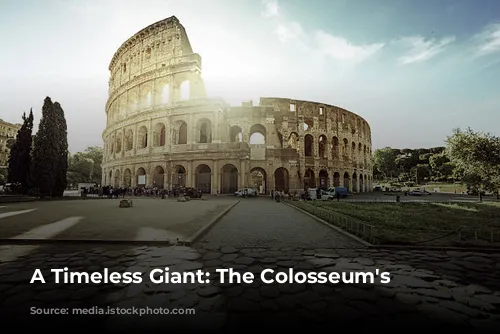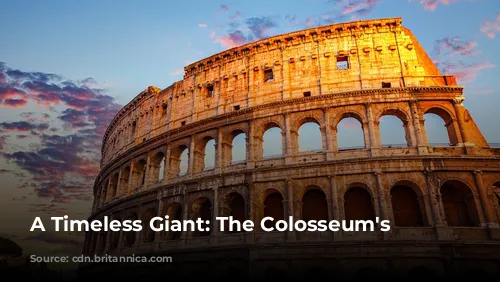The Colosseum stands tall as a testament to the architectural brilliance of ancient Rome, a majestic survivor from a bygone era. It is not only a symbol of Roman power and ingenuity but also a significant source of income for the Italian government. In 2018, the Colosseum, along with the Roman Forum and Palatine Hill, generated over $63.3 million (€53.8 million), making it the top tourist attraction in Italy.
The Colosseum’s history is a tale of both grandeur and neglect. After the fall of the Western Roman Empire, the once-mighty arena fell into disrepair. The Frangipane and Annibaldi families used it as a fortress during the 12th century, and in the late 15th century, Pope Alexander VI allowed the Colosseum to be used as a quarry. This period of neglect lasted for over a thousand years until state-funded restoration efforts began in the 1990s.
From Entertainment to Empire
The Colosseum’s construction was part of a grand plan by Emperor Vespasian to revitalize Rome after the tumultuous “Year of the Four Emperors” in 69 CE. Like other amphitheaters, the Colosseum was designed as an entertainment venue for the masses, showcasing gladiatorial combat, animal hunts, and even mock naval battles.
The Colosseum’s construction began under Vespasian between 70 and 72 CE. His son and successor, Titus, dedicated the completed structure in 80 CE. Emperor Domitian added the fourth story in 82 CE. It’s important to note that the Colosseum’s funding came from the spoils of Titus’s conquest of Jerusalem in 70 CE, and Jewish slaves from Judea were involved in its construction.
A Colossal Structure
The Colosseum, also known as the Flavian Amphitheatre, is an elliptical structure built of stone, concrete, and tuff. This architectural wonder stands four stories tall and measures a massive 620 by 513 feet (189 by 156 meters). With a capacity of up to 50,000 spectators, the Colosseum was the stage for the legendary gladiatorial contests that captivated ancient Rome.

A Monument to Roman Ingenuity
The Colosseum was built on the site of Nero’s Golden House, replacing the emperor’s private lake with a public spectacle. Unlike earlier amphitheaters, which were typically built into hillsides for support, the Colosseum is a freestanding structure, showcasing Roman engineering prowess. The use of barrel and groin vaults, along with a complex system of columns in the Doric, Ionic, and Corinthian orders, created a visually stunning structure that influenced later architectural styles.
The Colosseum’s design prioritized the comfort of its massive audience. A retractable awning, known as a velarium, protected spectators from the sun. Supported by masts extending from the top story, this intricate system required hundreds of Roman sailors to operate. The Colosseum hosted gladiatorial combat, animal hunts, and even mock naval battles, captivating the Roman people for centuries. While there is uncertainty regarding whether the Colosseum was the site of Christian martyrdoms, its historical significance remains undeniable.
From Glory to Neglect and Back
The Colosseum faced a period of decline and neglect after the fall of the Roman Empire. It was repurposed as a church and then a fortress by powerful Roman families. The Colosseum suffered further damage from lightning, earthquakes, and vandalism, losing its marble seats and other decorative elements. For over a thousand years, the Colosseum was treated as a quarry, stripped of its materials.
Thankfully, the Colosseum’s preservation efforts began in earnest during the 19th century, with notable contributions from Pope Pius VIII. The 1990s saw a major restoration project, bringing the Colosseum back to its former glory. Today, it stands as one of Rome’s most popular tourist attractions, welcoming nearly seven million visitors annually. Regular exhibitions delve into the rich culture of ancient Rome, keeping the Colosseum’s legacy alive for generations to come.
The Colosseum stands as a testament to Roman ingenuity and the enduring power of architecture. It is a reminder of a time when the world marveled at the spectacle of gladiatorial combat and the grandeur of the Roman Empire. Its story is a reminder that even the most magnificent structures can endure the test of time, with periods of both grandeur and neglect. Despite its challenges, the Colosseum continues to enchant and inspire, a timeless giant that continues to captivate the world.
